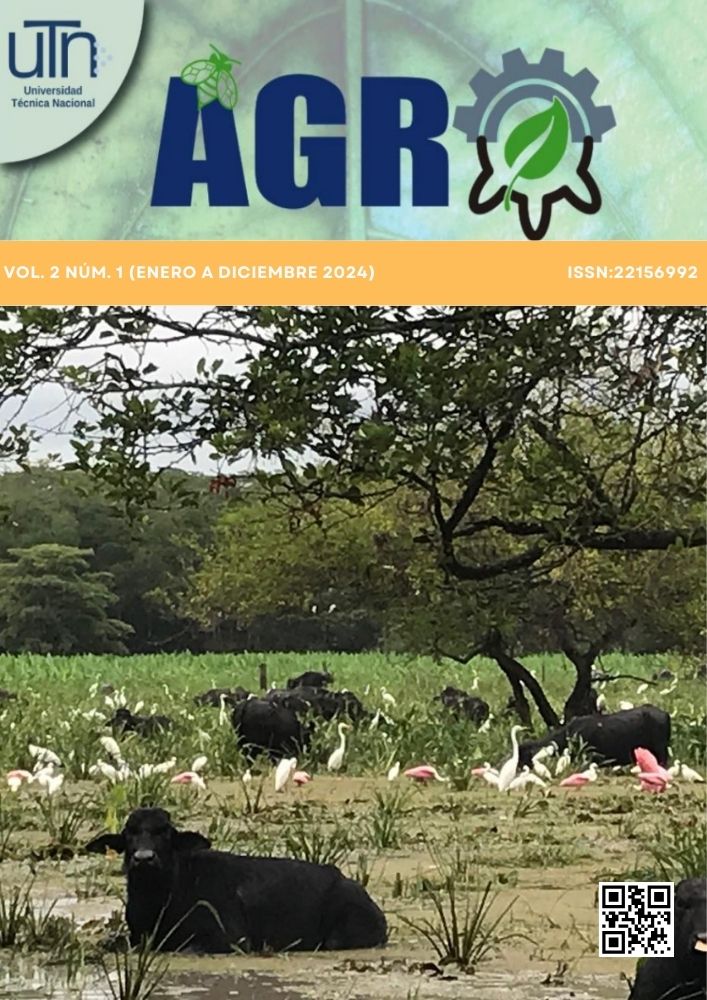Cassava (Manihot esculenta Crantz) leaves: an exploratory study provides indications of their potential as a source of vegetable protein for human consumption.
DOI:
https://doi.org/10.47633/7p5g3f96Keywords:
Manihot esculenta Crantz, alternative protein, hydrocyanic acid, sustainability, cassava leavesAbstract
Accelerated population growth demands increased food production. Proteins are essential nutrients that have traditionally been obtained from animal sources; however, consumers are looking for more nutritious and sustainable alternatives to meet their needs. Exploratory research was conducted to evaluate the potential of cassava leaves (Manihot esculenta Crantz) Valencia variety, as a source of vegetable protein for human consumption. The previously washed and disinfected leaves were manually cut and subjected to hot air drying at three temperatures (45, 62 and 75 °C). After drying, they were ground and stored in high barrier laminated bags until analysis. Preliminary results obtained indicate that drying processes can decrease the hydrocyanic acid content of leaves to safe levels. As for protein, its content was 14.1 % (dry basis), and all nine essential amino acids were present. This exploratory study yields preliminary evidence that provides a basis for further study of the protein present in cassava leaves, so that further standardization of the drying process, validation of the final HCN content and evaluation of its functionality and possible mixtures with other plant-based foods can make cassava leaves a promising raw material, not only from a functional and nutritional point of view, but also for the added value that the use of the by-product can generate for Costa Rican producers.
Downloads
Downloads
Published
Issue
Section
License
Copyright (c) 2024 Priscilla Alvarado-Marenco

This work is licensed under a Creative Commons Attribution-NonCommercial-ShareAlike 4.0 International License.
All articles published in the Revista Agro are licensed under the Creative Commons Attribution-NonCommercial-ShareAlike 4.0 International License (CC BY-NC-SA 4.0).







